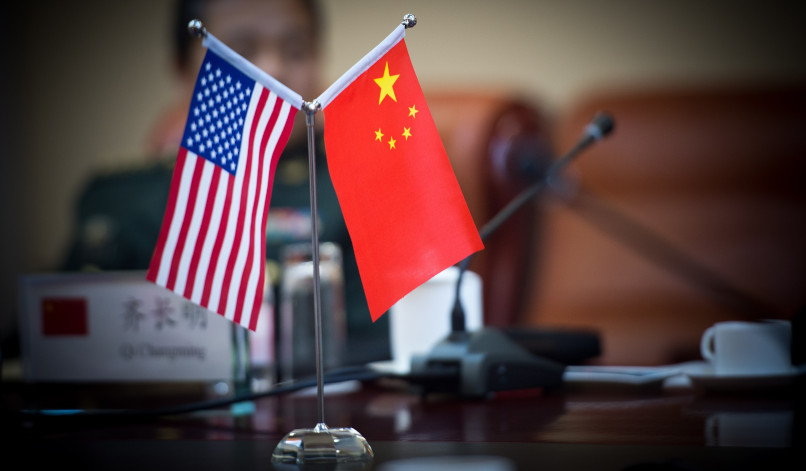By APD writer Alice
Among many questions arising from the recent statement by US Secretary of State Mike Pompeo that Washington would end its "blind involvement" with China, one that cannot be answered is how the growing tensions between the US and China will affect the Indo-Pacific region, and in particular the Association of Southeast Asian Nations (ASEAN).
Countries in the region, including those identified as allies of the US, are trying to balance the two goals of national security and economic development. However, it would be a mistake to assume that the growing rivalry between the US and China will force Indo-Pacific nations to choose Washington or Beijing.
On the one hand, the US-led security system is helping to consolidate peace and stability in the region. On the other hand, China's growing wealth is bringing economic security to the Indo-Pacific countries in the form of an open market and a vital investment source.

Foreign policies from individual ASEAN countries are more diverse as they strive to maintain their independence. While still seizing the opportunities that China offers for economic gain, ASEAN countries avoid political and security risks by trying to engage with the United States.
Three factors showing this balancing strategy of ASEAN countries are ASEAN's position in the regional security system, the participation level of each country in the regional and global economy, and its economic dependence on China, and a dynamic rotation of elites in each country.
The five coastal nations that still rely on the US-led security system - Brunei, Malaysia, the Philippines, Indonesia and Singapore - are well integrated into the global economy and there is a considerable rotation of elites, making it difficult for China to form long-term political-economic alliances that will reshape the political-economy of these countries.

Thailand, in a favorable international environment and an economy closely linked to the global supply chain, can tap its advantages.
The three mainland countries in ASEAN, namely Cambodia, Laos, and Myanmar, are tied to a system where the business and political elites are almost entirely dependent on Beijing.
What all ASEAN countries have in common is the challenge in meeting people's expectations. On this point, key ASEAN countries have done well, with GDP per capita - at fixed prices - up 23% in Singapore, 29% in Thailand, 36%. in Malaysia, 42% in the Philippines, 46% in Indonesia and 56% in Vietnam.
The improvement in living standards naturally makes people expect a better life in the coming years.

However, the growing rivalry between the US and China makes it difficult for these ASEAN countries to develop their own foreign policies. The COVID-19 pandemic is changing people's expectations, as they hope the government to not only improve their livelihoods, but also protect their lives.
The sudden disruption of the global economy due to the impact of the COVID-19 has caused a sharp drop in demand for goods and services, creating premise for a regional economic slowdown.
Currently, ASEAN countries are focusing on protecting people's health, minimizing economic losses and borrowing more money to restore growth. But looking ahead, many of these countries will inevitably face an increased financial burden due to declining tax revenues, higher social spending, and piling up of debt.
With rising debt burdens, getting stuck in a long-term economic downturn and failing to meet people's expectations for a better life, the ASEAN countries face higher risks of regime change. Therefore, whether they follow China or turn to the US and their allies, or follow both for financial aid will significantly shape international relations in Southeast Asia in many years to come.
(ASIA PACIFIC DAILY)
 简体中文
简体中文

